10 Caribbean Islands With Low Hurricane Risk
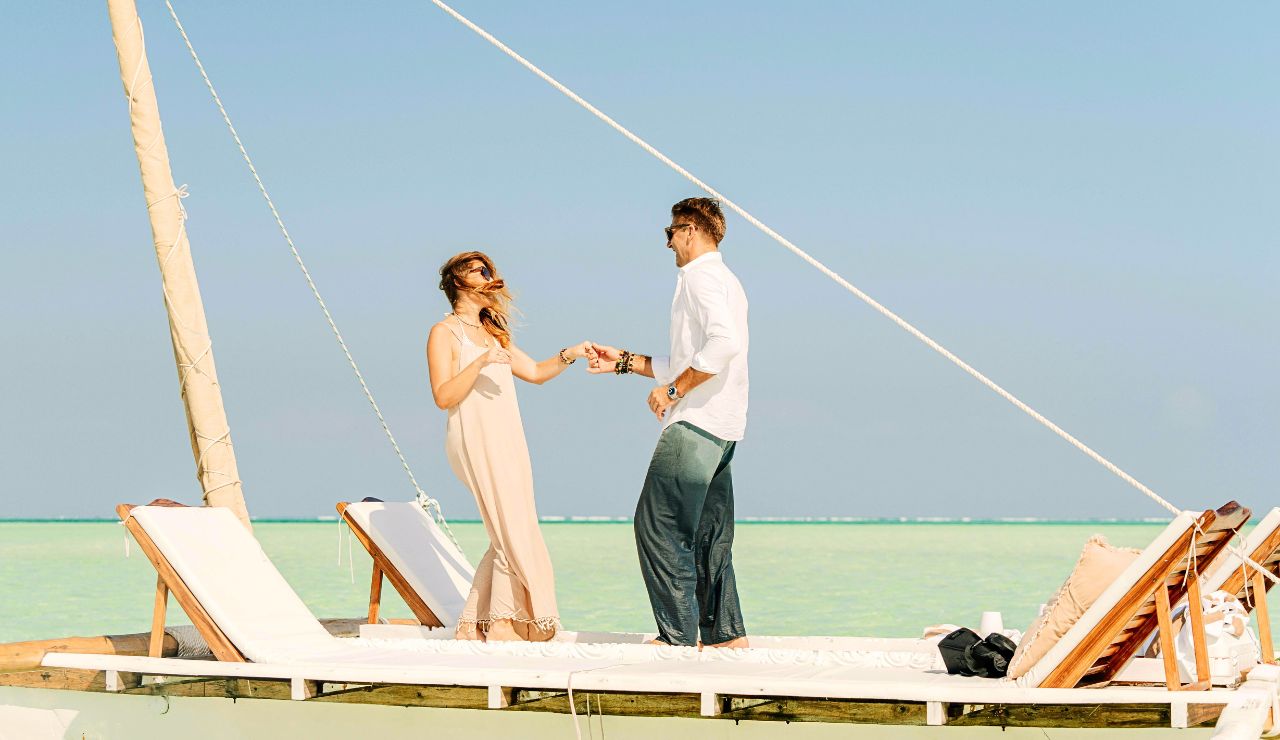
The Caribbean is famous for turquoise seas and dreamy beaches, but timing your visit is key. Hurricane season runs from June to November, and while no island is completely immune, some destinations are far safer bets. These 10 islands either sit outside the hurricane belt or face far fewer storms each year. That means more sun, more peace of mind, and fewer last-minute cancellations when all you want is to escape and unwind somewhere truly beautiful.
Aruba
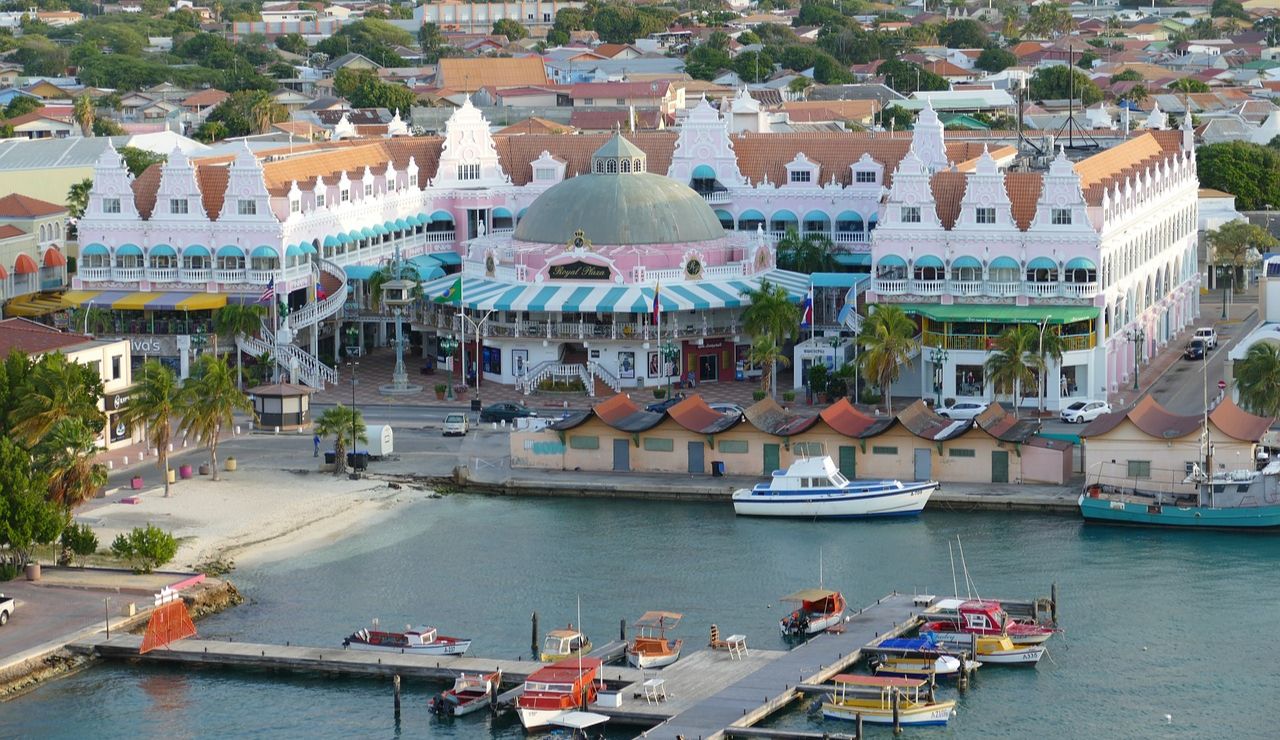
Just off Venezuela’s coast, Aruba is well outside the hurricane belt, making it one of the safest year-round bets in the Caribbean. It boasts consistent sunshine, breezy trade winds, and barely a ripple during storm season. Think white sand beaches, rugged desert landscapes, and colorful Dutch architecture. Eagle Beach is a standout, but the whole island invites laid-back exploration. For those who want a worry-free escape in paradise, Aruba checks every box with ease.
Bonaire
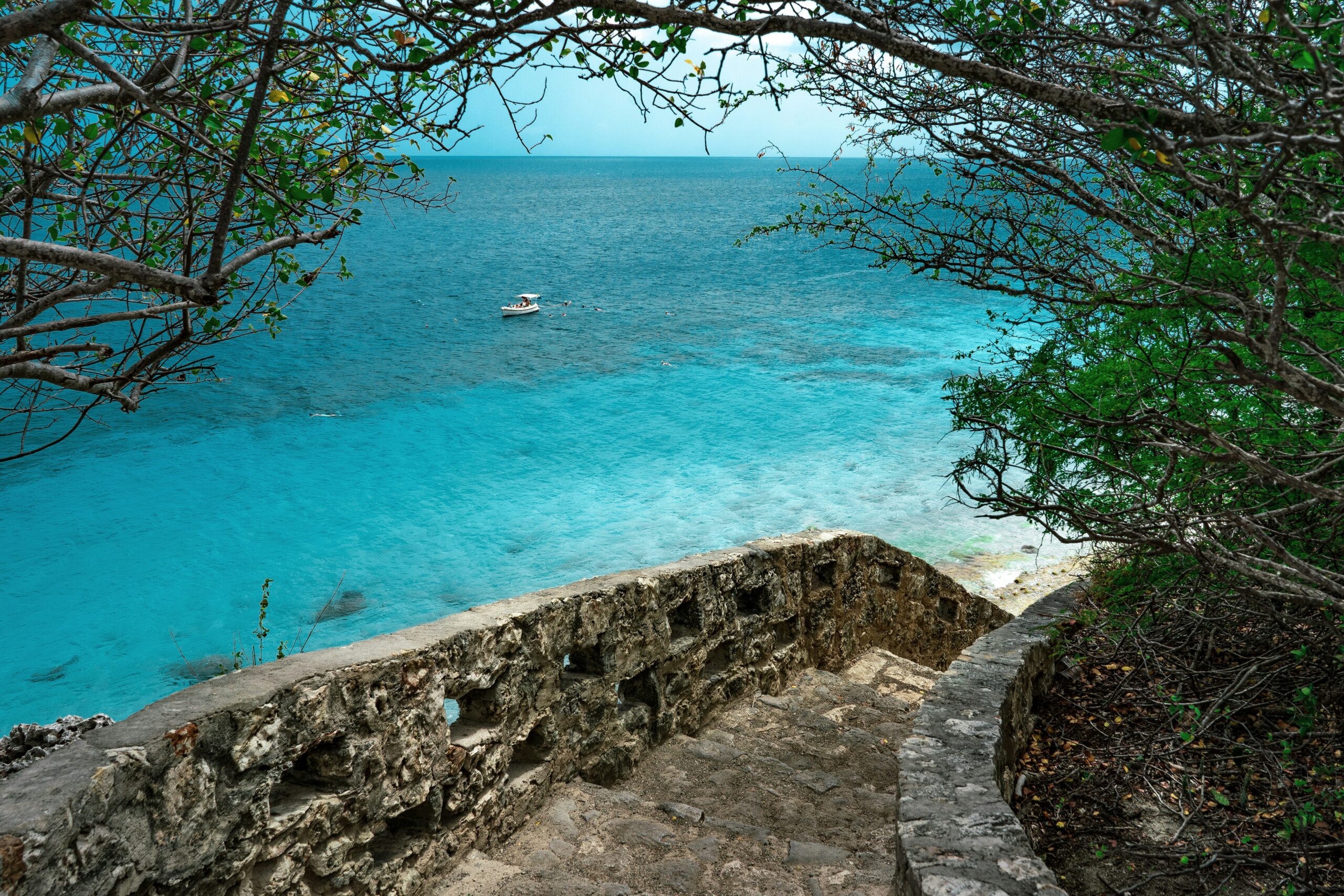
Bonaire is a diver’s dream, with world-class reefs and calm, clear waters—and it’s barely touched by hurricanes thanks to its southern location. The island’s dry climate, steady weather, and focus on eco-tourism make it a peaceful, unspoiled gem. You’ll find salt pans, flamingos, and a refreshing lack of mega-resorts. Whether you’re snorkeling off the shore or watching the sunset in complete silence, Bonaire offers peace, beauty, and consistency in a storm-prone region.
Curaçao
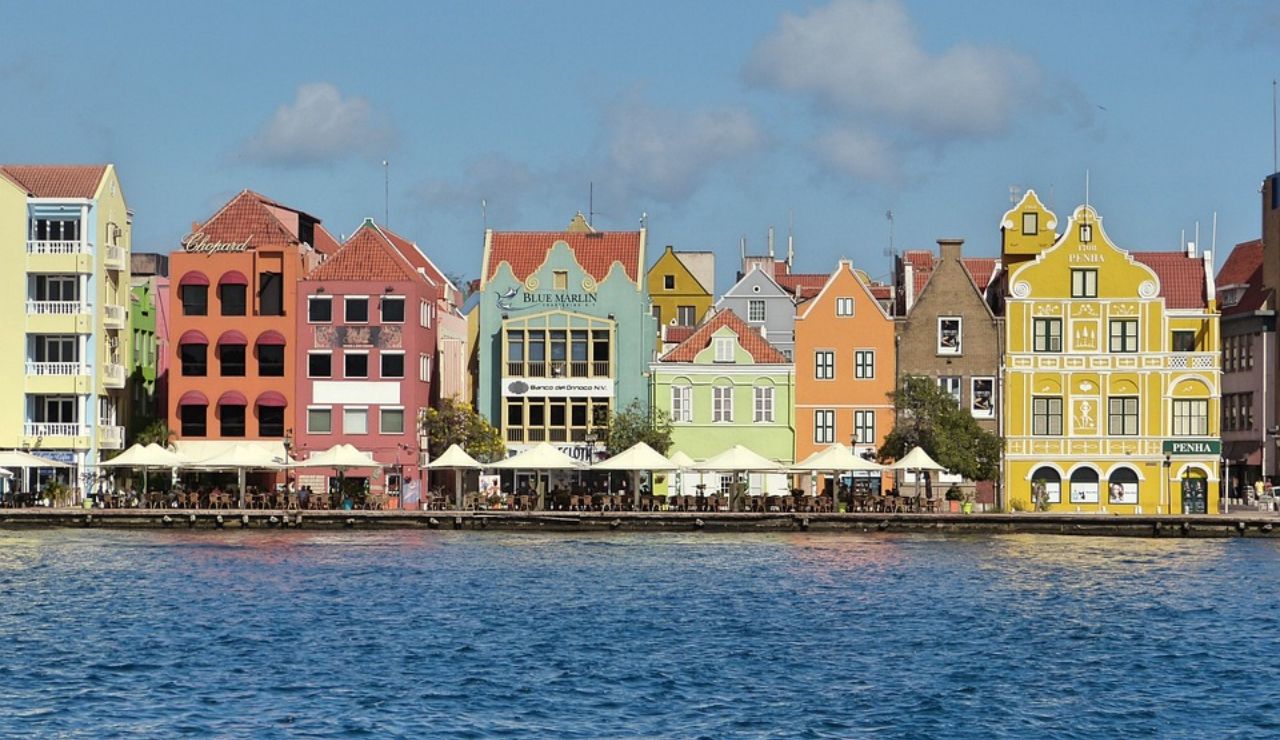
Curaçao pairs Caribbean beaches with European flair, all while avoiding most hurricanes due to its low-risk location. Willemstad’s pastel buildings feel straight out of Amsterdam, while hidden coves and coral reefs invite days of sun-soaked swimming. The island enjoys over 300 sunny days a year, with rarely a storm cloud in sight. It’s perfect for travelers who want reliable weather, a unique cultural mix, and an alternative to the usual resort-heavy islands.
Trinidad
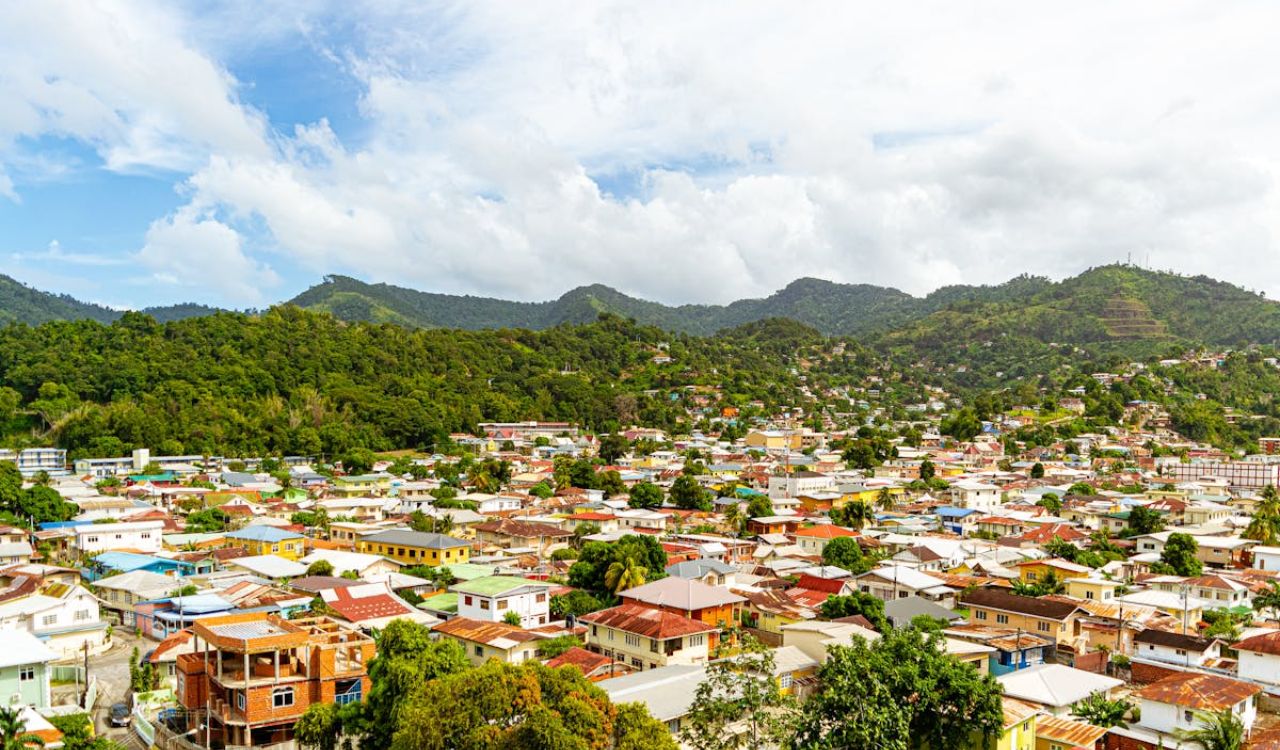
Though it’s not a typical vacation hotspot, Trinidad lies so far south it rarely sees hurricane impacts. Instead, it offers dense rainforests, waterfalls, and a dynamic cultural scene driven by music and food. Carnival is legendary, and even off-season, there’s energy in every street. The Northern Range offers hiking for the adventurous, while the southern coast feels untouched. It’s an under-the-radar choice for travelers seeking something richer than a beach resort.
Tobago
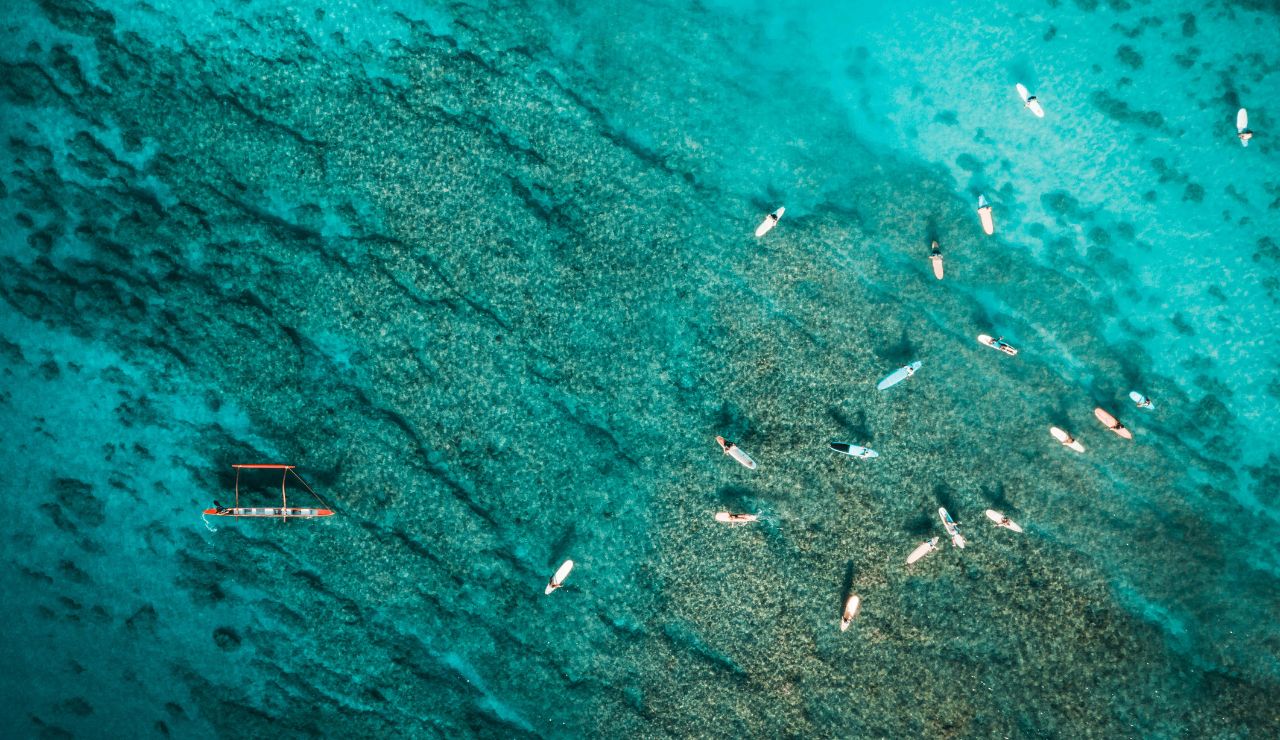
Quieter and more laid-back than its neighbor Trinidad, Tobago is a low-stress destination both culturally and weather-wise. It sits far enough south to dodge most storms and is ideal for snorkeling, nature hikes, and slow beach days. Englishman’s Bay and the Main Ridge Forest Reserve are standout spots. You won’t find mega-hotels, but you will find quiet beauty and consistent weather that makes spontaneous trips more appealing. It’s small, soulful, and storm-resistant.
Barbados
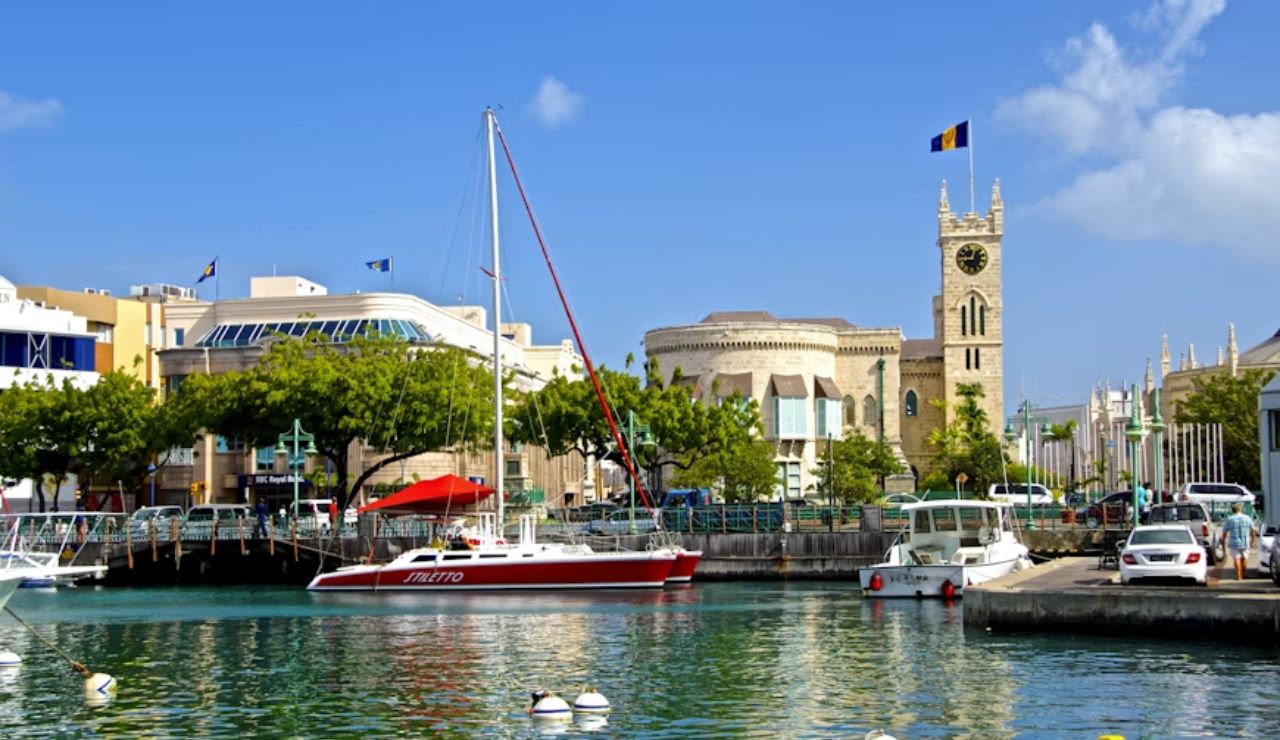
While technically within the hurricane belt, Barbados sits so far east it rarely suffers direct hits. Most storms pass well to the north, allowing for relatively calm weather even during peak season. The island combines limestone caves, historic plantations, and postcard-perfect beaches with a thriving food and rum culture. Off-season visitors enjoy fewer crowds and better prices—without sacrificing sunshine. If you want lively charm and lower risk, Barbados fits well.
Grenada
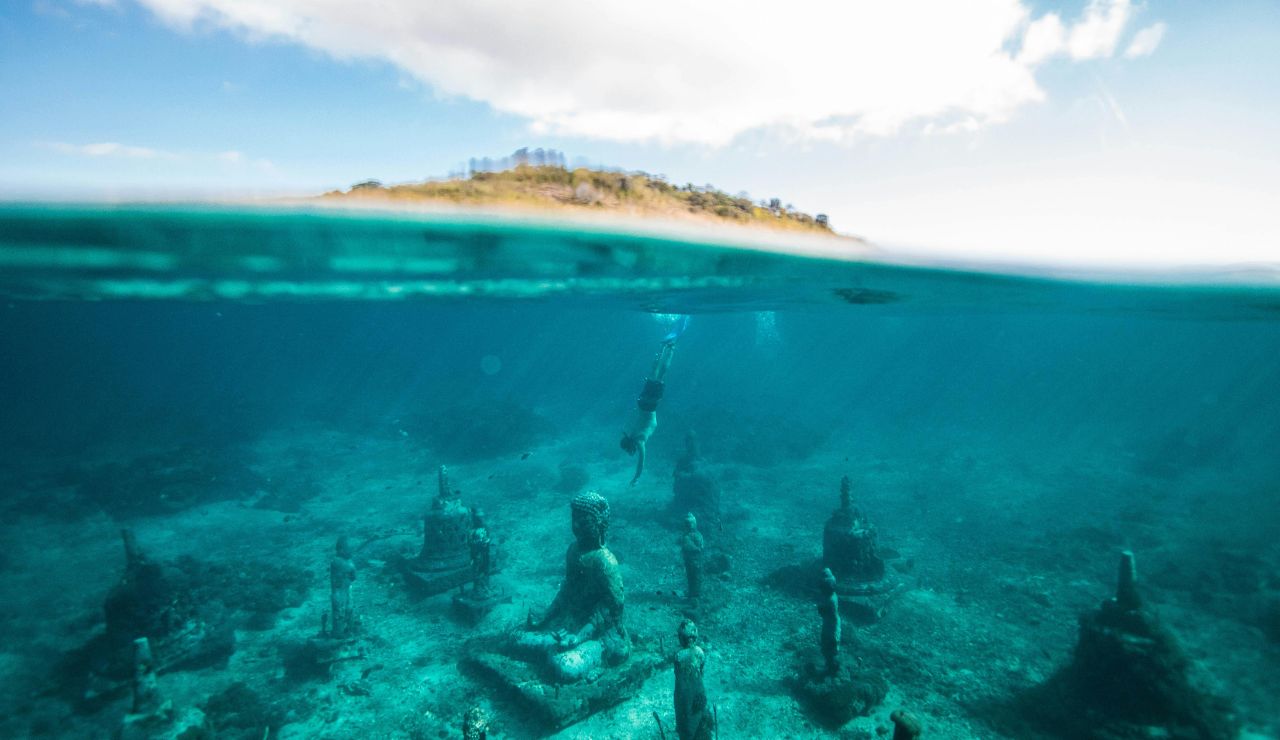
Grenada, known as the “Spice Isle,” sees fewer hurricanes than many of its northern neighbors. Located at the southern edge of the hurricane zone, it still requires some caution—but historically, it’s been safer than most. Beyond safety, the island shines with cocoa farms, crater lakes, and golden beaches. St. George’s is one of the most scenic capitals in the region. It’s a colorful, sensory experience with enough weather stability to make planning stress-free.
St. Vincent & the Grenadines
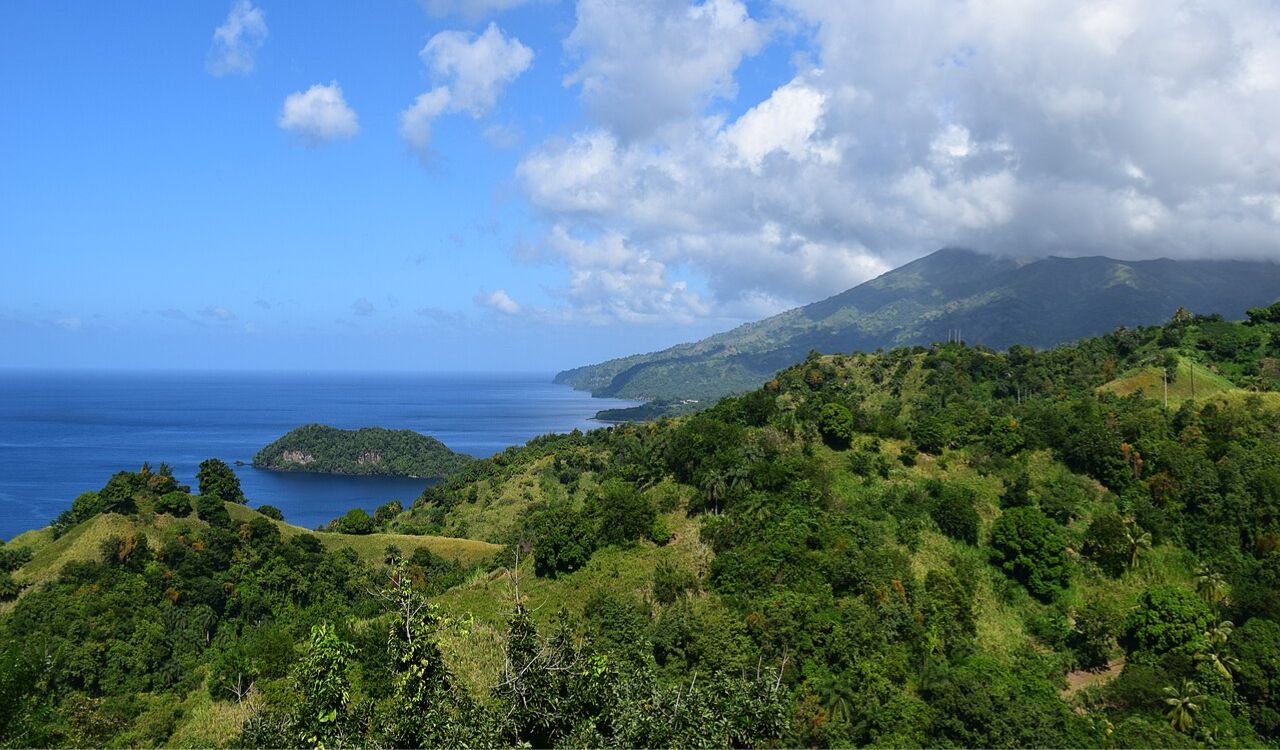
This chain of 32 islands and cays is tucked in the southern Caribbean, where hurricanes rarely linger. From the volcanic beauty of St. Vincent to the exclusive hideaways in Mustique and Bequia, the region offers a mix of rugged charm and quiet luxury. Sailing is huge here, with calm seas and scattered anchorages. Fewer storms mean smoother travel windows for those seeking island-hopping without the drama. It’s low-key, stunning, and more stable than most Caribbean chains.
Barbuda

Often skipped for its more developed sister island Antigua, Barbuda has fewer visitors—and fewer hurricanes. Though it was badly hit in 2017, such events are rare and recovery has restored much of its natural appeal. The island is flat, wild, and mostly undeveloped, with long stretches of pink sand beaches and little else. It’s a place for solitude and raw beauty, not nightlife. If your idea of a perfect escape includes few people and even fewer storms, Barbuda’s ideal.
Providencia (Colombia)
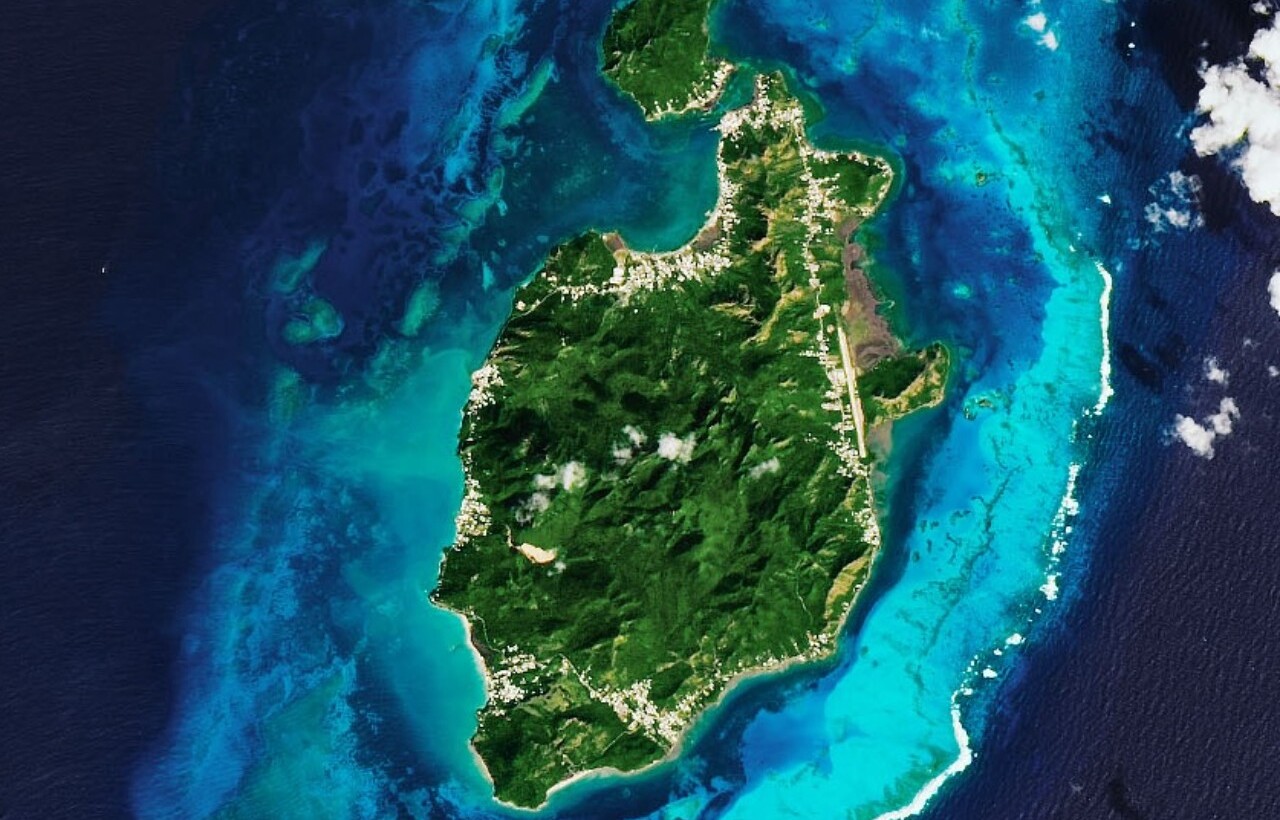
Little-known Providencia lies off the coast of Nicaragua but belongs to Colombia, and it sits well outside typical hurricane routes. It’s a tiny, quiet island with stunning reef systems and no international airport, making it hard to reach—but worth the effort. You’ll find calm seas, reggae vibes, and locals who prefer things stay just the way they are. For those who want authenticity and peace, Providencia is the kind of place that rewards the curious and careful.